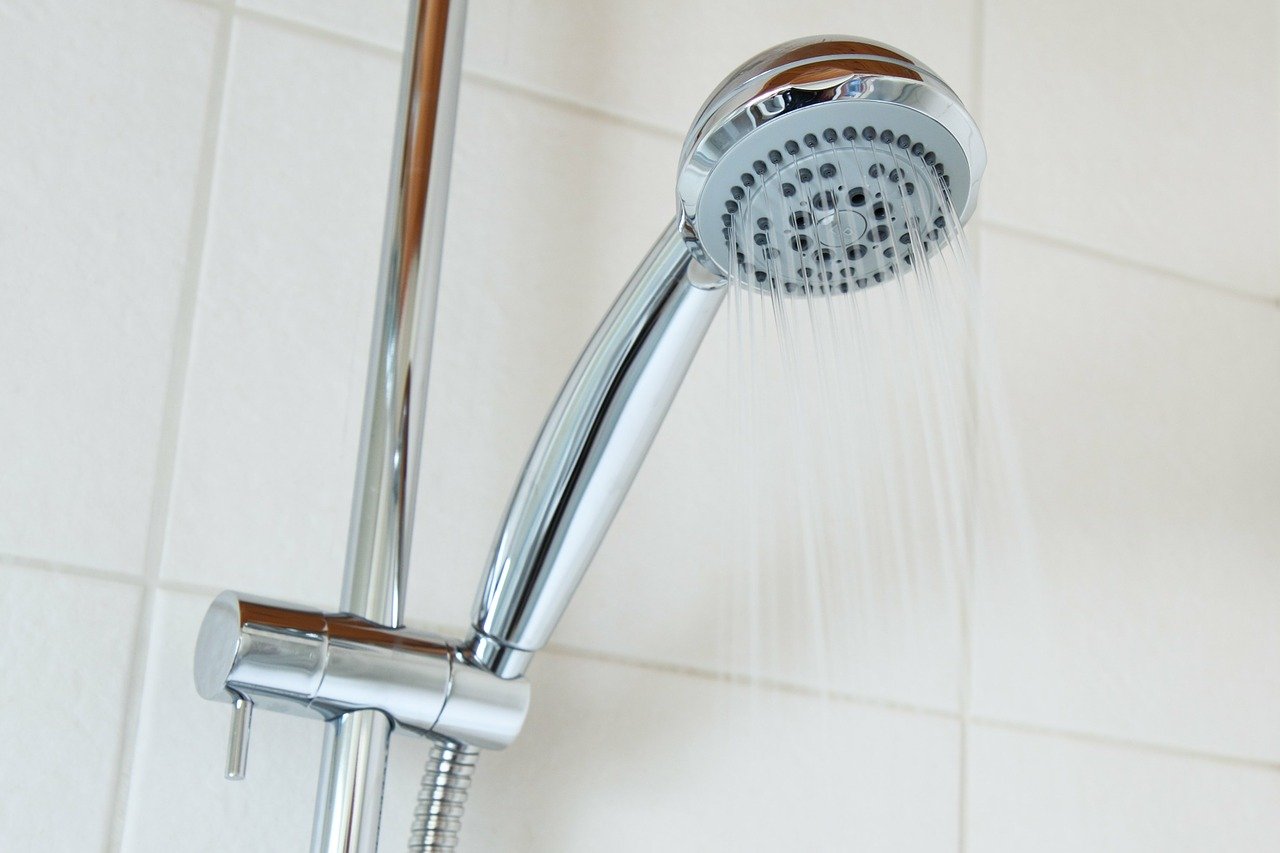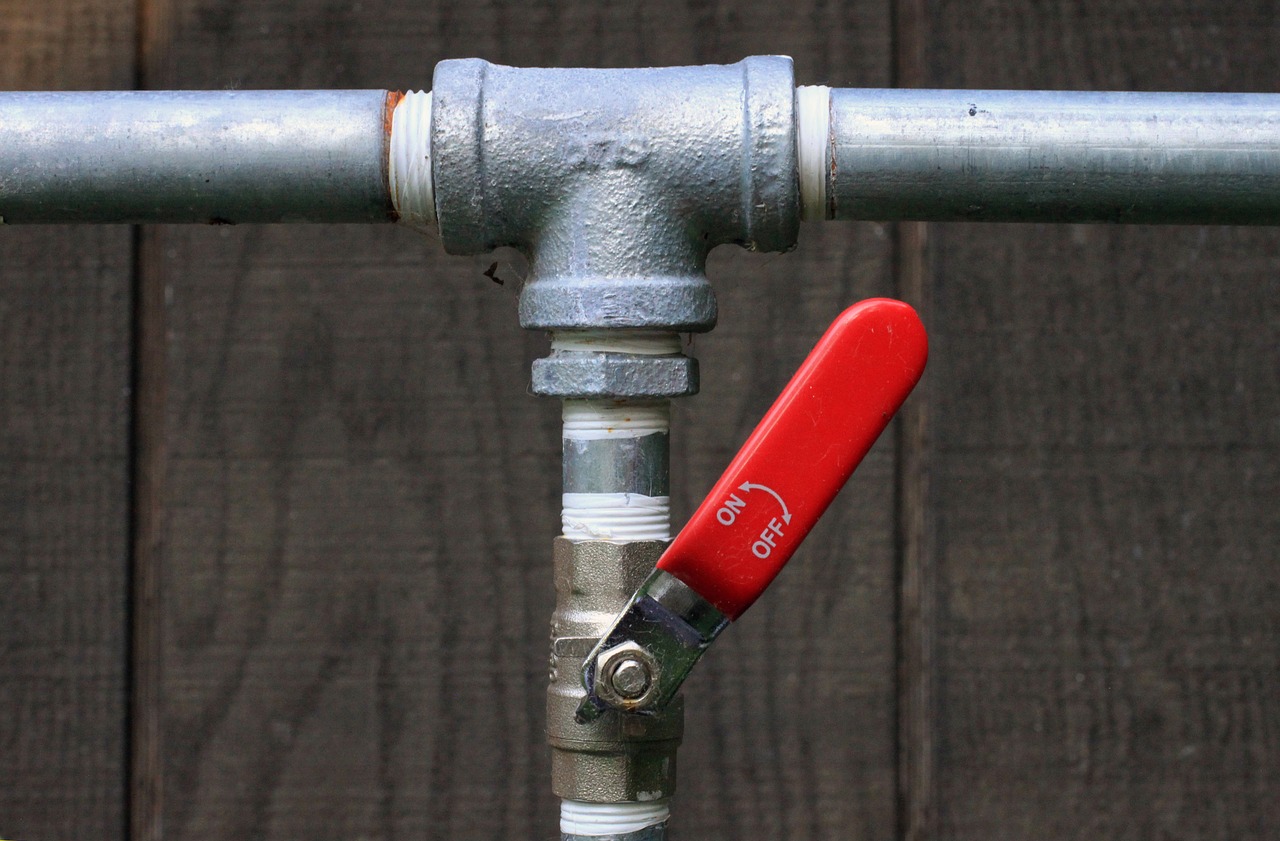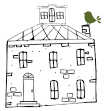blog post
Increase Your Home's Hot Water Capacity
A quick, easy and inexpensive way to effectively increase the size of your hot water tank, without having to buy a new one!
A quick, easy and inexpensive way to effectively increase the size of your hot water tank, without having to buy a new one!
 Does it ever seem like you don't have quite enough hot water to get through the day? Does bathing the kids or running
the laundry mean you have to wait a couple of hours in order to have enough hot water to take a shower? If so,
there may be a problem with your hot water tank such as its temperature being set too low or it may be partially filled with
sediment, but chances are your hot water tank is simply undersized for your use. The obvious solution is to replace your
hot water tank with a larger one, but that can be expensive. You'd be looking at a bare minimum of $500 for a low end
40 gallon tank plus another few hundred for installation if this is not going to be a DIY project. (And chances are if you
need more capacity, you probably need a bigger tank than 40 gallons, which will be even more expensive.) It also seems like a shame to
replace a perfectly functional tank if capacity is the only problem. If you have the room, you could certainly add an additional tank to solve this problem,
but that is also going to be expensive, plus this would basically double your hot water heating bill since you will be running
two units simultaneously. In this blog post, I'm going to share a hot water tank hack that will make your existing hot water tank
provide extra capacity for little to no cost!
Does it ever seem like you don't have quite enough hot water to get through the day? Does bathing the kids or running
the laundry mean you have to wait a couple of hours in order to have enough hot water to take a shower? If so,
there may be a problem with your hot water tank such as its temperature being set too low or it may be partially filled with
sediment, but chances are your hot water tank is simply undersized for your use. The obvious solution is to replace your
hot water tank with a larger one, but that can be expensive. You'd be looking at a bare minimum of $500 for a low end
40 gallon tank plus another few hundred for installation if this is not going to be a DIY project. (And chances are if you
need more capacity, you probably need a bigger tank than 40 gallons, which will be even more expensive.) It also seems like a shame to
replace a perfectly functional tank if capacity is the only problem. If you have the room, you could certainly add an additional tank to solve this problem,
but that is also going to be expensive, plus this would basically double your hot water heating bill since you will be running
two units simultaneously. In this blog post, I'm going to share a hot water tank hack that will make your existing hot water tank
provide extra capacity for little to no cost!
Its a pretty simple trick really - you turn your hot water tank up all the way and then mix the hot water with cold to bring it down to the final temperature that you want. This is basically the same thing you do every time you take a shower. Most hot water tanks are set somewhere between 120-140° F, which is too hot to comfortably stand under with the hot water at full blast. That's why we turn the shower knob partially to cold to bring that water temperature down a bit. When you turn the hot water tank all the way up, you will need to mix in a bit more cold water than usual to bring that temperature down into the comfort zone. This means that for the same volume of comfortable water, you will be using a smaller percentage of hot water and a larger percentage of cold. Since you are not using as much hot water for the same volume of output water, the hot water in your tank will last longer - exactly the same as if you had a bigger tank!
How you do this mixing to bring the hot water down to your desired temperature is up to you. You might just choose to remember that your hot water is superheated and mix in extra cold whenever you use a faucet or shower, however this does increase the risk of scalding, especially for children, the elderly or visitors to your home who may have no idea that your hot water is so hot. If you were to choose to use this first method, this upgrade is completely free - all it involves is turning the dial on your hot water tank all the way up.
 An automatic way to bring the water temperature down and eliminate the risk of scalding is to use a mixing valve.
This is a device that mixes together a certain percentage of hot and cold water to create a mix at the desired temperature.
There are two ways to use mixing valves - one is to have a "point of use" valve installed on every faucet and shower. I generally
don't recommend this due to the extra expense and complexity involved. I personally prefer to use one mixing valve, installed
right after the hot water tank itself. There are different types of mixing valves available, ranging from simple point of use
units that you can find on eBay for $20-25 to high tech units costing hundreds of dollars. A simpler valve will basically mix a certain percentage of
hot and cold water together, and these will work just fine as long as the temperature of your hot water stays the same as well
as the temperature of the cold water that it is mixing with. To set the desired temperature, you would just turn on
a hot water faucet at full blast and adjust the mixing valve until you have reached the desired temperature at the faucet.
Fancier units can do automatic temperature compensation for variable input temperatures, allow you to set a specific temperature without having to play with the valve
to find the correct temperature, and might have a thermometer gauge built right in. You are of course more than welcome to install
one of those, but truth be told, you probably don't need to get that fancy, and the extra bells and whistles add more complexity
and opportunities for failure.
An automatic way to bring the water temperature down and eliminate the risk of scalding is to use a mixing valve.
This is a device that mixes together a certain percentage of hot and cold water to create a mix at the desired temperature.
There are two ways to use mixing valves - one is to have a "point of use" valve installed on every faucet and shower. I generally
don't recommend this due to the extra expense and complexity involved. I personally prefer to use one mixing valve, installed
right after the hot water tank itself. There are different types of mixing valves available, ranging from simple point of use
units that you can find on eBay for $20-25 to high tech units costing hundreds of dollars. A simpler valve will basically mix a certain percentage of
hot and cold water together, and these will work just fine as long as the temperature of your hot water stays the same as well
as the temperature of the cold water that it is mixing with. To set the desired temperature, you would just turn on
a hot water faucet at full blast and adjust the mixing valve until you have reached the desired temperature at the faucet.
Fancier units can do automatic temperature compensation for variable input temperatures, allow you to set a specific temperature without having to play with the valve
to find the correct temperature, and might have a thermometer gauge built right in. You are of course more than welcome to install
one of those, but truth be told, you probably don't need to get that fancy, and the extra bells and whistles add more complexity
and opportunities for failure.
You technically don't need to purchase a purpose-built mixing valve - for less than $20 in parts, you can build your own. All you need is a tee fitting installed in the hot water line coming out of your hot water tank, to which you attach the cold water input. A simple valve in the cold water line running to this tee will regulate the amount of cold water being mixed with hot. A ball valve would work, but I recommend using a gate valve because it will provide you with much better control over the water flow and the resulting temperature.
Assuming an incoming cold water temperature of 55° F and a hot water tank cranked up to 160 ° F with a mixing valve set to produce 120° F water, you will get a 62% increase in hot water capacity. A 30 gallon tank will act like a 48 gallon tank, a 40 gallon tank will act like a 65 gallon tank and a 50 gallon tank will act like an 81 gallon tank!
| A tank this size: | Will perform like a tank this size: |
| 30 gallon | 48 gallon |
| 40 gallon | 65 gallon |
| 50 gallon | 81 gallon |
The table above gives a quick "rule of thumb" estimate but by using the calculator below, you can input the exact parameters for your specific hot water tank and cold water temperature. (You can find your home's cold water temperature by holding a kitchen thermometer in the stream of your faucet while letting the cold water run on full blast.) You can change any of the parameters in the boxes and it will automatically calculate and update in realtime. Feel free to play with the settings to see how your own hot water tank would react. A standard residential hot water tank will generally max out around 160° F. My home's hot water tank will reach just over 155° F when it is turned all the way up.
| Hot Water Tank Mixing Valve Calculator | |
| Hot Water Tank Setting (° F) |
Cold Water Temperature (° F) |
| Desired Faucet Hot Water Temperature (° F) |
Hot Water Tank Size (gallons) |
| Percent of Hot Water Used X % |
Percent of Cold Water Used X % |
| By using a mixing valve and setting the tank temperature to X° F, your X gallon hot water tank would provide the same amount of X° F water as a X gallon tank (a X% increase). | |
Getting more hot water for very little additional expense sounds great, but I'm sure you're wondering if keeping the hot water tank cranked to the max will use extra gas or electricity. The answer is yes, but not as much as you might think. Based on the typical usage of a family of four, changing the hot water tank setting on a 40 gallon tank from 120° F to 160° F would only add $5 per year to your gas bill! Increasing the temperature of your hot water tank also has the added benefit of killing dangerous bacteria and other microorganisms that may make their way into your tank. I cover both of these topics in my related blog post, Crank Up Your Hot Water Heater!.
I use the technique described above in my own home and it has made a big difference! Running out of hot water used to be a common occurrence, but ever since I maxxed out our hot water heater and installed a mixing valve, we've had plenty of hot water to spare!
About the author: Jon Steiger is a Licensed Real Estate Broker and founder of Brick Nest Realty in Fredonia, NY. For a brief bio and contact information, please check out the "meet our team" section of the Brick Nest Realty web site. For more articles like this one, please visit our blog.
Tweet

B R I C K N E S T
R E A L T Y
|
Brick Nest Realty 4587 West Main Road Fredonia, NY 14063 716.321.1100 home@bricknestrealty.com |
© Brick Nest Realty. All Rights Reserved.
